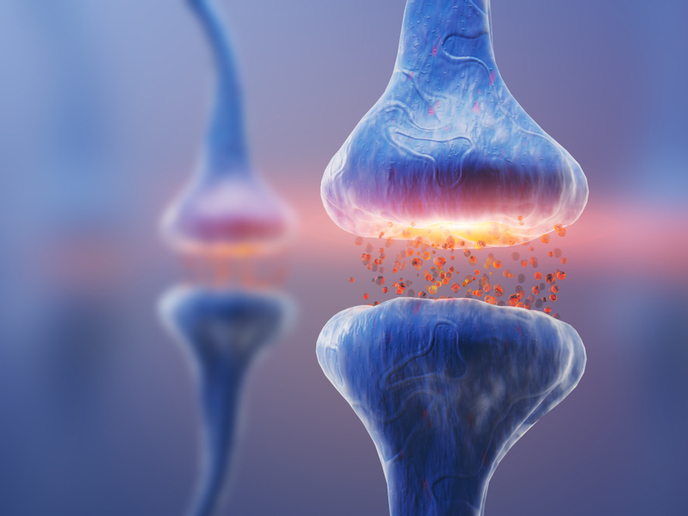Wearable devices to help prevent sudden unexpected death through epilepsy
According to the WHO, 300 000 new cases of epilepsy are diagnosed each year in Europe. And while several treatments do exist, the risk of sudden unexpected death (SUDEP) is still very high, with a UK government report showing that SUDEP is responsible for 33 000 deaths in Europe each year, of which 40 % are preventable. To prevent it, researchers first need constant physiological monitoring of patients on which to base their investigations. This requires a non-invasive system that patients could realistically carry with them at all times, without compromising on the device’s performance. “A ‘truly wearable’ solution – that is, non-invasive, easy to use, comfortable, small, requiring low maintenance and durable – is needed. And if such a device could provide reliable signals, accurate biomarkers and even accurate identification of potentially dangerous situations, then it would be a game changer,” says Esther Rodriguez-Villegas, Professor in Low Power Electronics at Imperial College London. The purpose of the European Research Council’s (ERC) NOSUDEP (A Wearable Electronics Approach To Reduce Mortality in Epilepsy) project, which is led by Prof. Rodriguez, is to adapt devices developed under the previous ERC WEEG and One-EG projects (respectively for electroencephalography and sleep disorder monitoring purposes) to these requirements. A number of trade-offs NOSUDEP’s success will be a matter of trade-offs: devising a handy solution, while at the same time ensuring optimal data rate transmission and high accuracy. And as the stakes are much higher than with commercial applications, there is also little margin of error. As Prof. Rodriguez explains: “If any of the algorithms end up leading to false warnings to the patient, it is just not good enough for the detection of potentially dangerous situations. We are talking about devices that patients will need to wear for extended periods of time. False alarms would quickly result in patients’ non-compliance. Our research focuses on algorithms that keep these constraints in mind.” Another major challenge lies in how the project aims to sense as many physiological parameters as possible from just one location in the body. Likewise, a small device implies very low power consumption, which in turn limits the possibilities of optimising the sensing process. Building on previous projects Although the project is still in its early stages, it can build upon previous successes of Dr Rodriguez and her team. Research under the ONE-EG project had already enabled them to create a sleep monitoring device 20 times lighter and 50 times smaller than alternatives, with an accuracy similar to non-wearable systems. The WEEG project, on the other hand, had already tackled the most important technological challenges related to power consumption. Its new generation of algorithms is embedded in novel integrated circuits that can be incorporated in electrodes and consume extremely low levels of power. This system also decreases the amount of data provided to the doctor for diagnosis, which has the additional advantage of reducing unnecessary burden. Before NOSUDEP, the successful work of Prof. Rodriguez had already led to the creation of a start-up company. The latter is now in the last steps of the regulatory process to commercialise the first wearable medical device for automatic diagnosis of sleep apnoea. If NOSUDEP succeeds in its mission, Dr Rodriguez hopes that they will be able to do the same for epilepsy patients. “I also hope that this project will manage to shed more light on the mechanisms of SUDEP, and further down the line even help prevent it,” she concludes.
Keywords
NOSUDEP, WEEG, One-EG, SUDEP, epilepsy, wearable electronics, non-invasive, physiological monitoring







